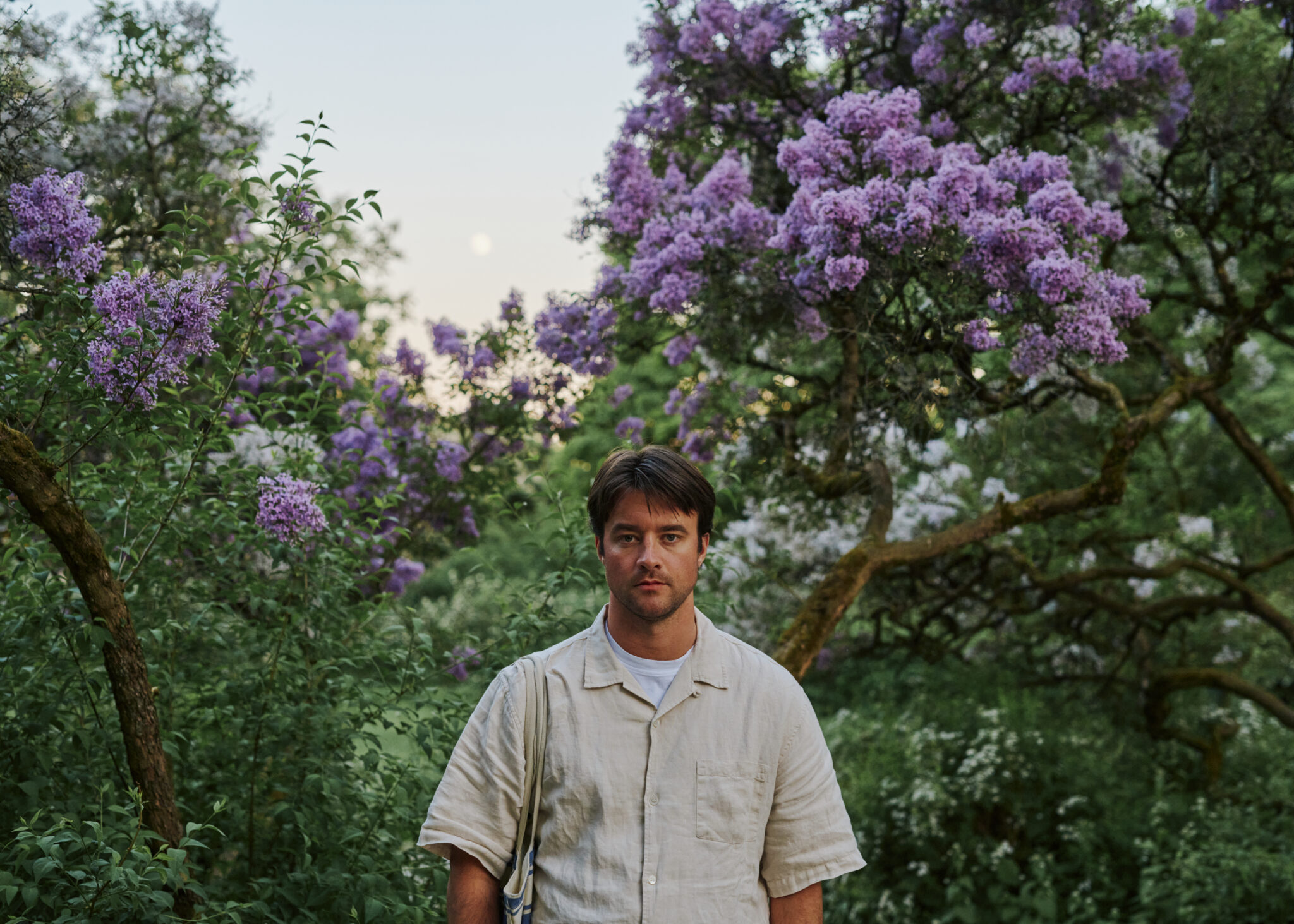
How new tourism ads like VisitOSLO’s are redefining destination marketing
Visit Oslo: Embracing Dry Humor

Released just last week, “Is it even a city?”, VisitOSLO’s new tongue-in-cheek campaign highlighting Oslo’s revitalization has gone viral. The campaign has now gone viral, gaining 1.5 million views on TikTok, 1.2 million views on Instagram and over 6 million views on X.
The ad takes a bold step by mocking itself and the common tourist traps. It humorously highlights the city’s less crowded attractions, promoting the lack of lines for food, the freedom to swim wherever you want, and the absence of stuffy museums. This clever use of dry humor not only entertains but also effectively communicates Oslo’s unique selling points. It’s a breath of fresh air in tourism marketing, demonstrating that authenticity and humor can go a long way in attracting travelers. The campaign subtly promotes sustainable tourism by encouraging visitors to explore less crowded, off-the-beaten-path locations, thereby reducing pressure on popular tourist spots.
According to Anne-Signe Fagereng, marketing manager at VisitOSLO, the strategy behind this different and creative approach was to stand out from the crowd. “The reason we dared to use this honest sense of humour in an international campaign is of course to get attention, and it works! This approach is never without risk, but fortunately, we have so far received an enormous amount of positive interest,” she said.
Iceland: The “Icelandverse”
Another standout campaign is Iceland’s “Icelandverse,” a playful parody of Facebook’s Metaverse. Released by Inspired by Iceland, the ad features Icelandic actor and comedian Jörundur Ragnarsson, who introduces the audience to the “Icelandverse”—a real-world, immersive experience where you can actually touch and feel nature. The campaign cleverly contrasts the digital, virtual world with Iceland’s tangible natural beauty, emphasizing the country’s unique landscapes and outdoor activities. By promoting direct engagement with nature, the ad advocates for sustainable tourism practices and highlights Iceland’s commitment to preserving its natural environment. The campaign is a brilliant example of how humor and cultural pride can create a memorable and engaging ad while promoting sustainability.
New Zealand: Good Morning World
Tourism New Zealand’s “Good Morning World” campaign takes a heartwarming and personal approach. The ad features everyday Kiwis greeting the world with a cheerful “Good morning!” from stunning locations across the country. This year-long campaign showcases New Zealand’s natural beauty and the warmth of its people, creating an inviting and genuine portrayal of the destination. The simplicity and authenticity of the campaign resonate deeply, offering a stark contrast to more commercialized tourism ads. By highlighting local voices and everyday life, the campaign promotes community-based tourism and sustainable travel, encouraging visitors to engage with local cultures and traditions.
Australia: Matesong
Australia’s “Matesong” campaign, released by Tourism Australia, is another example of how to capture attention through creativity and music. Featuring pop star Kylie Minogue, the ad is a musical love letter to the UK, inviting Brits to visit Australia. The catchy song, humorous lyrics, and stunning visuals of Australia’s iconic landscapes create an irresistible allure. The campaign cleverly taps into the cultural connection between the two nations, making it both relatable and entertaining. Beyond its entertainment value, the campaign promotes sustainable tourism by showcasing Australia’s diverse natural landscapes and encouraging visitors to explore the country’s lesser-known regions.
Japan: Where Tradition Meets the Future
Japan’s tourism campaign, “Where Tradition Meets the Future,” showcases the country’s unique blend of ancient traditions and cutting-edge technology. The ad features visually stunning contrasts between serene temples and bustling cityscapes, traditional tea ceremonies and futuristic robots. This juxtaposition highlights Japan’s diverse attractions, appealing to a wide range of interests. The campaign effectively captures the essence of Japan, making it a compelling destination for travelers seeking both cultural heritage and modern experiences. By promoting both historical and modern attractions, the campaign encourages sustainable tourism practices that respect and preserve cultural heritage while embracing innovation.
Sustainable Storytelling in Tourism Marketing
These recent tourism ads demonstrate that creativity, humor, and authenticity are key to standing out in a crowded market. By embracing unique approaches and genuine storytelling, these campaigns set a new standard for destination marketing. As travelers increasingly seek meaningful and memorable experiences, these innovative ads not only attract attention but also inspire a deeper connection with the destinations they promote.
Moreover, these campaigns highlight a growing trend towards sustainability in tourism marketing. By focusing on local cultures, lesser-known attractions, and environmentally friendly practices, these ads promote responsible travel and encourage visitors to consider the impact of their tourism choices.
Connecting with Conscious Travellers
These ads resonate with conscious, new-age travelers who seek deeper connections with their destinations, rather than just ticking off popular tourist spots. This trend reflects a growing desire for sustainable and culturally enriching travel experiences. Today’s travelers are looking for authentic encounters that respect local traditions and contribute to the preservation of natural and cultural heritage.
As the tourism industry continues to evolve, these innovative campaigns show that the future of destination marketing lies in authenticity, creativity, and sustainability. By setting new standards and pushing the boundaries of traditional advertising, these tourism boards are not only attracting visitors but also fostering a more responsible and sustainable approach to travel. As we look forward to more groundbreaking campaigns, it’s clear that the tourism industry is on a path towards creating meaningful and impactful travel experiences that benefit both travelers and local communities.

